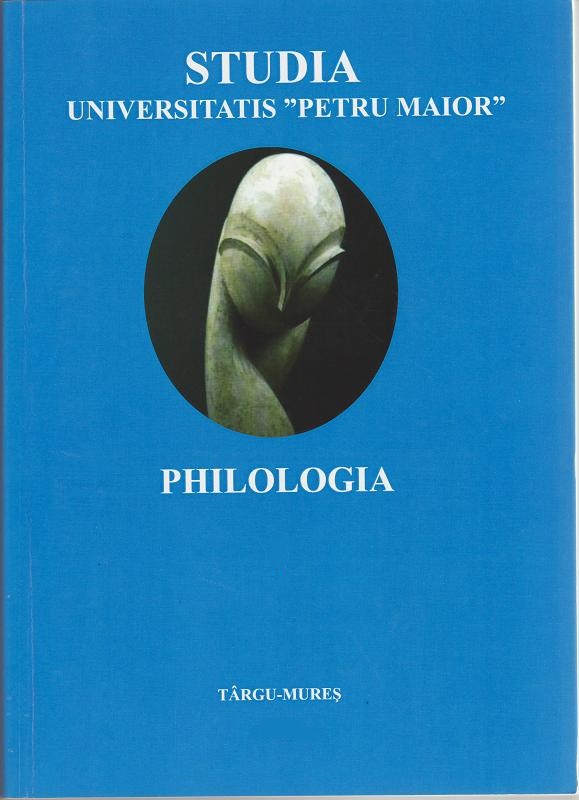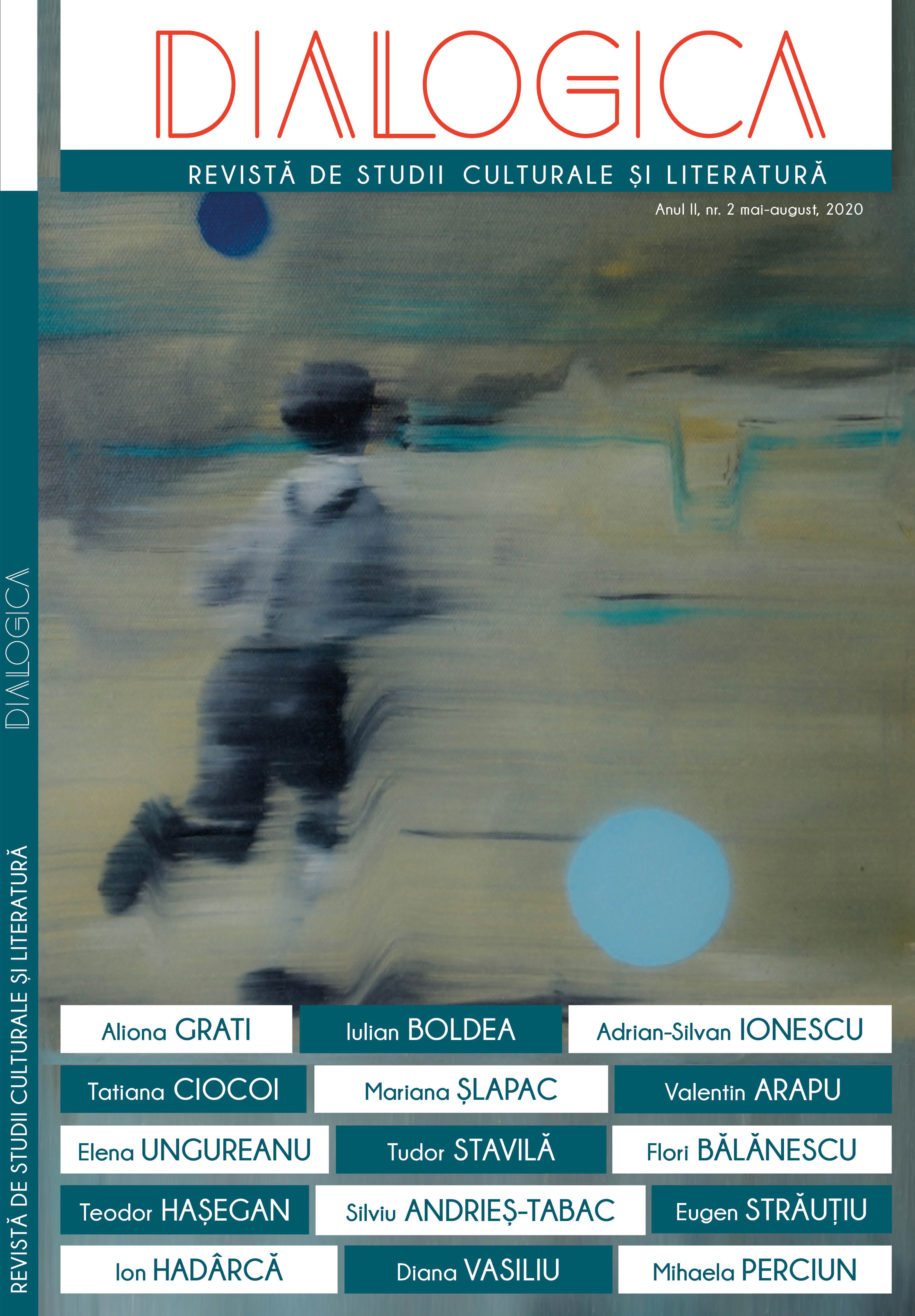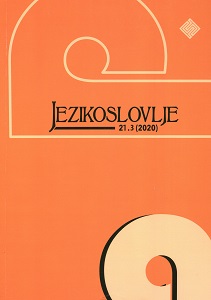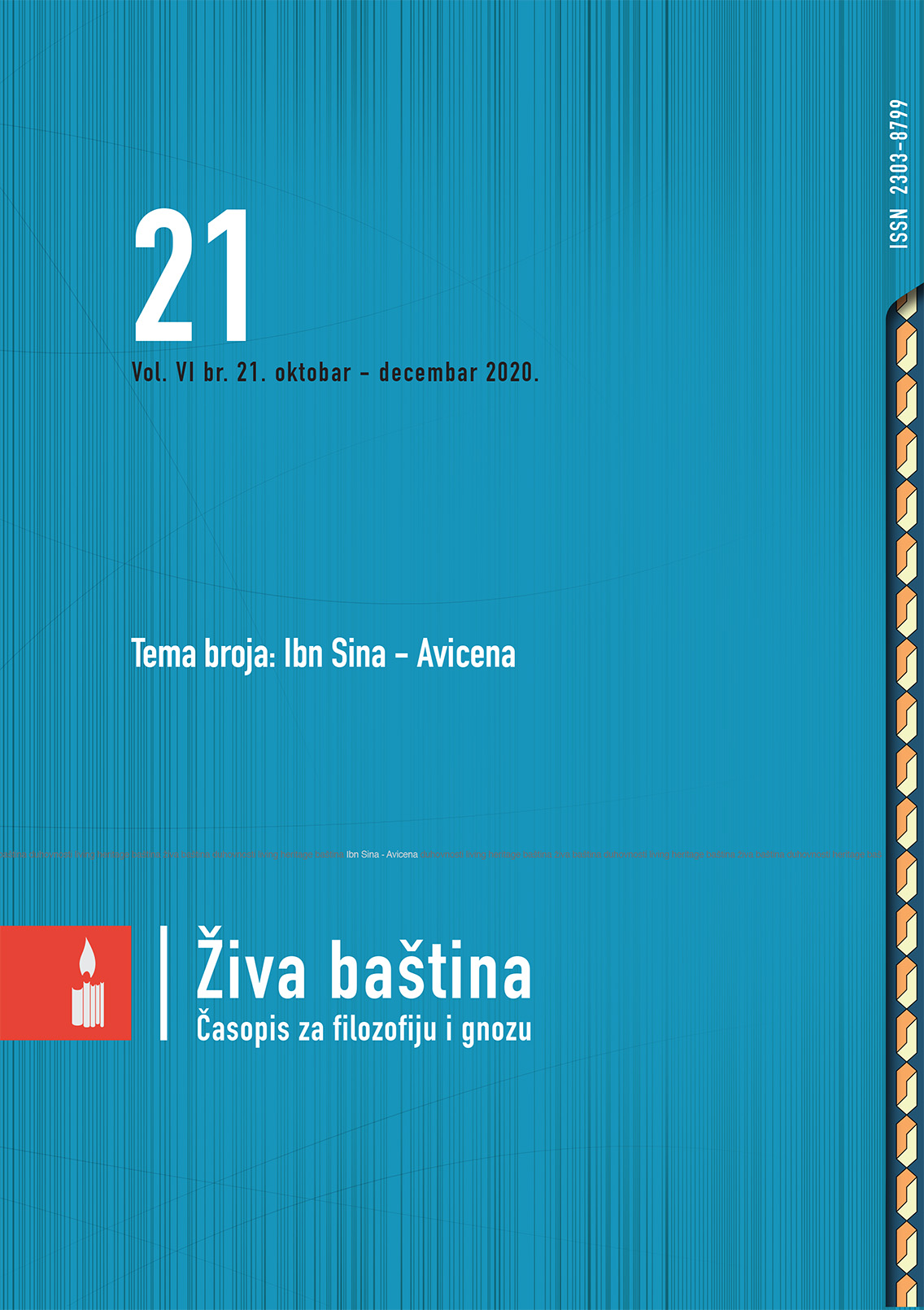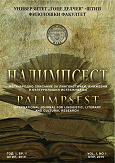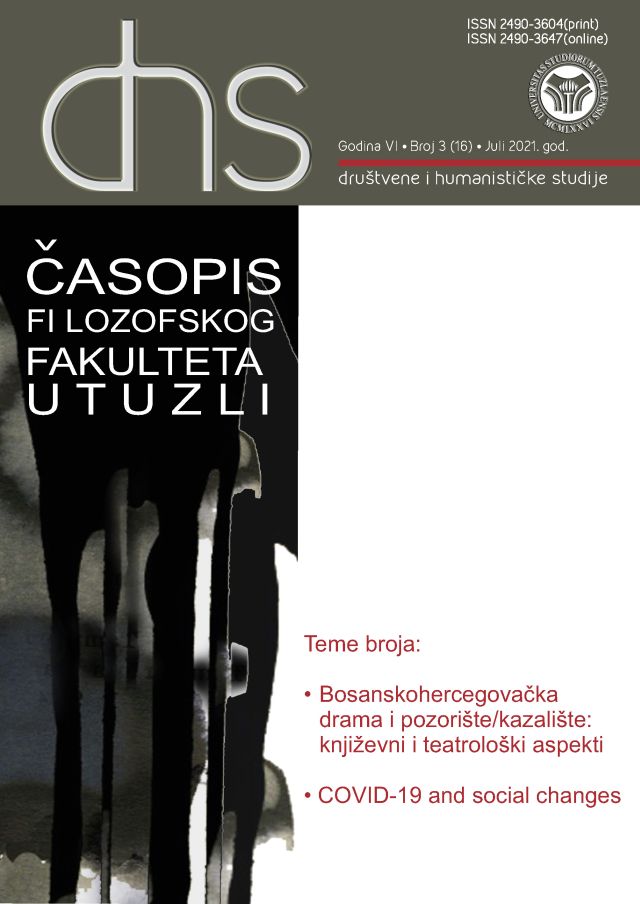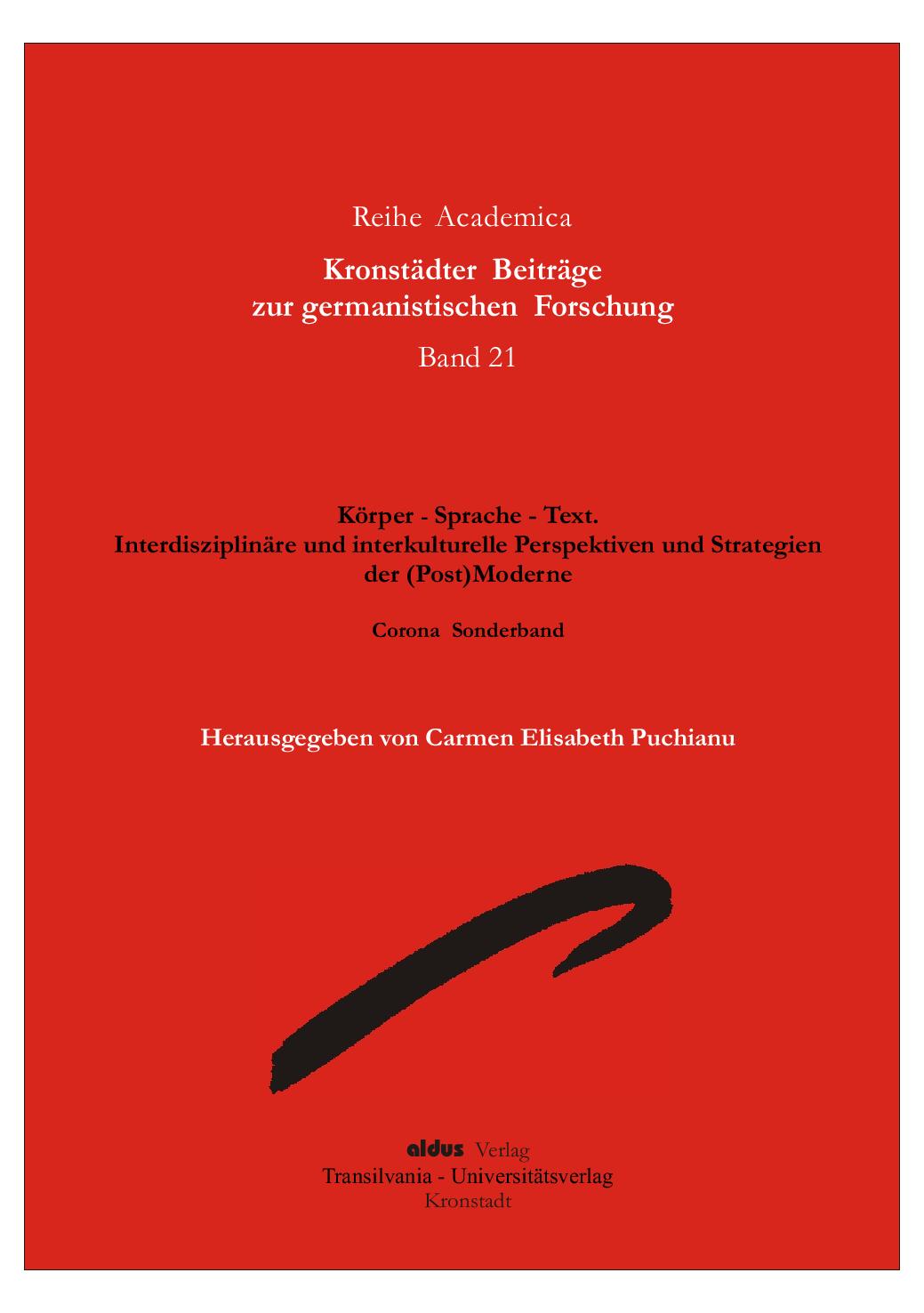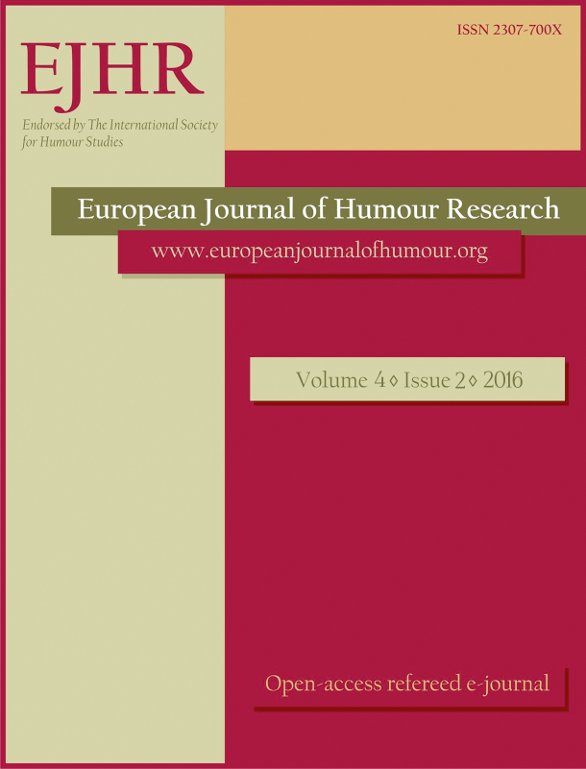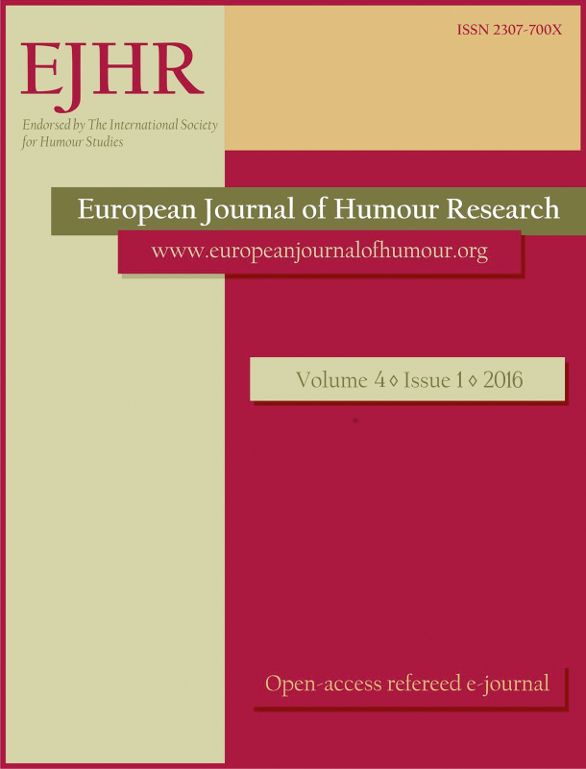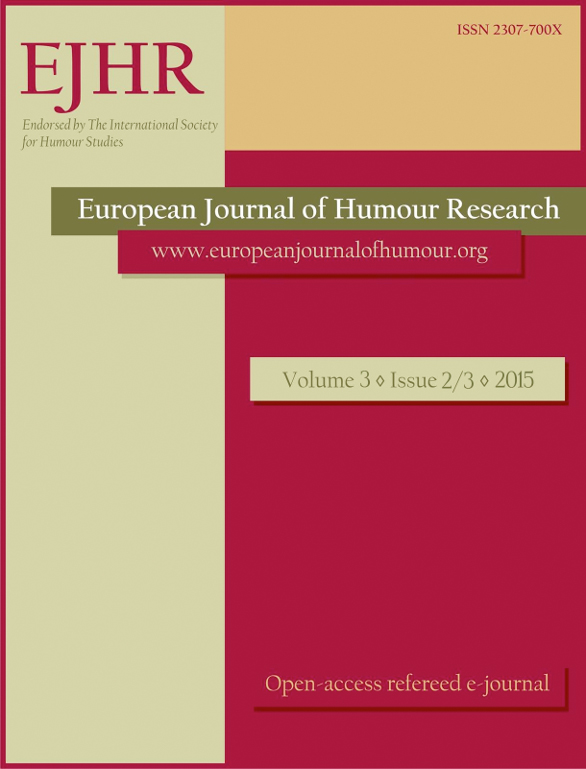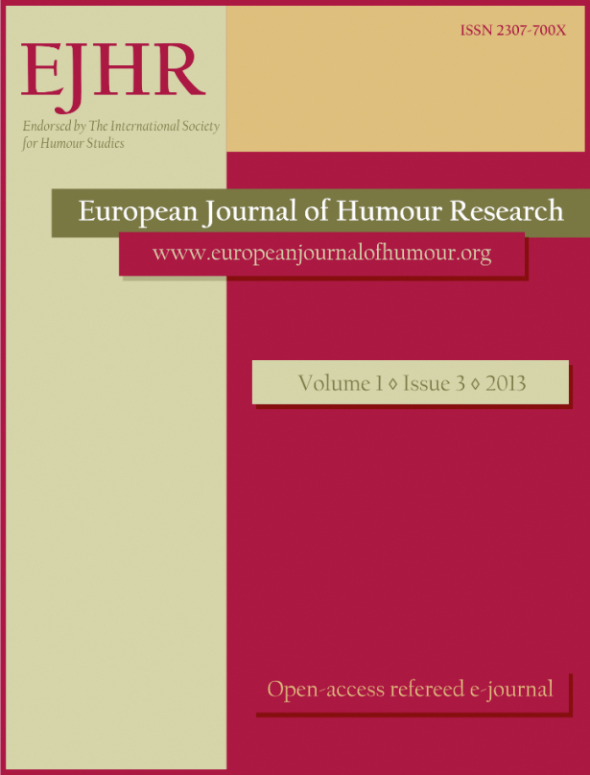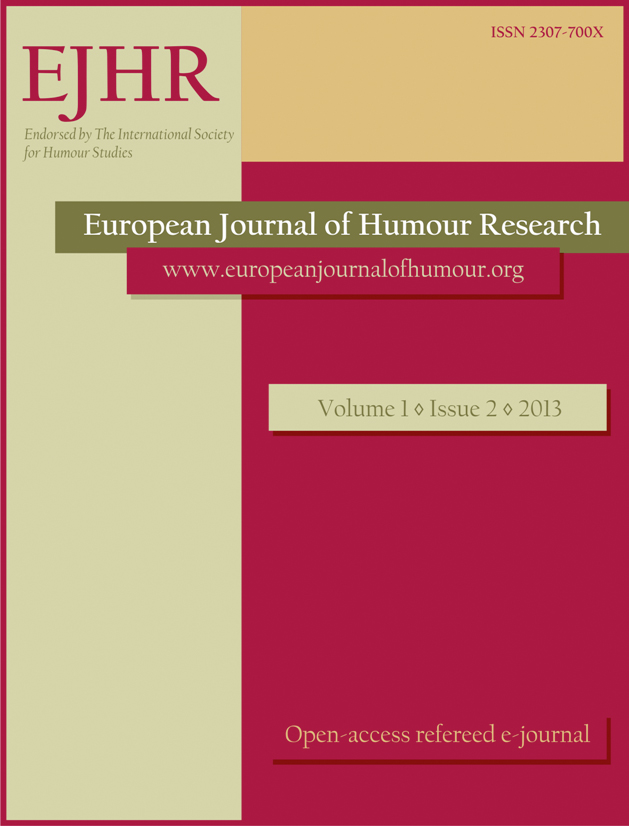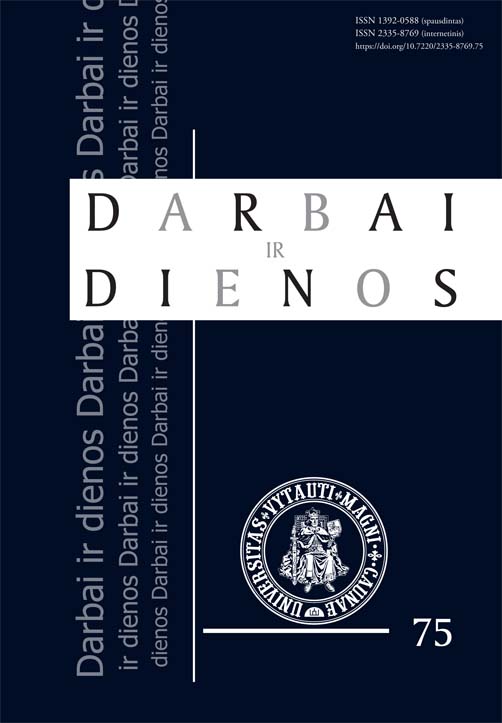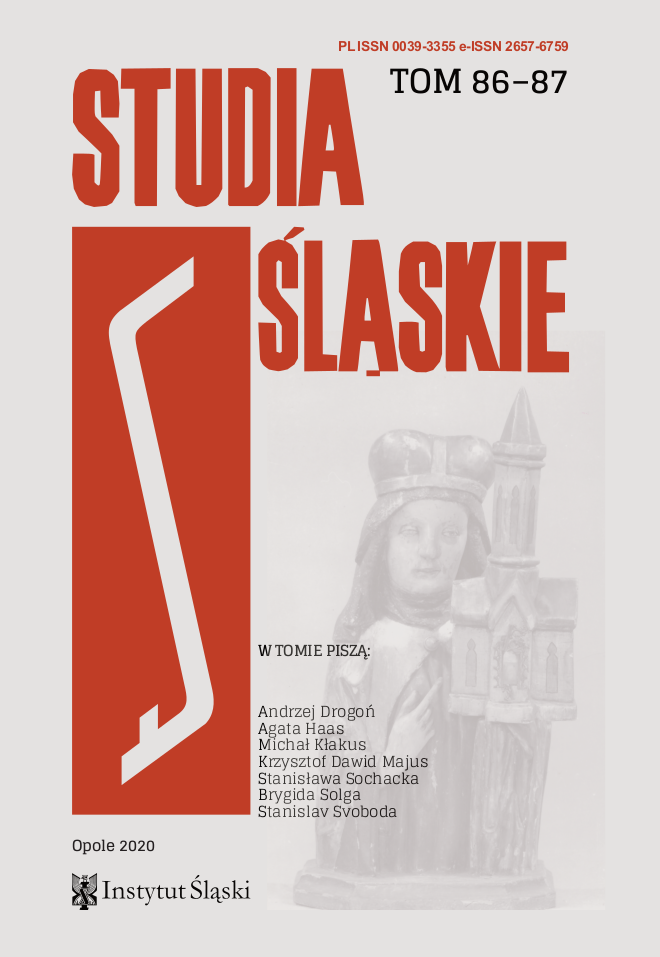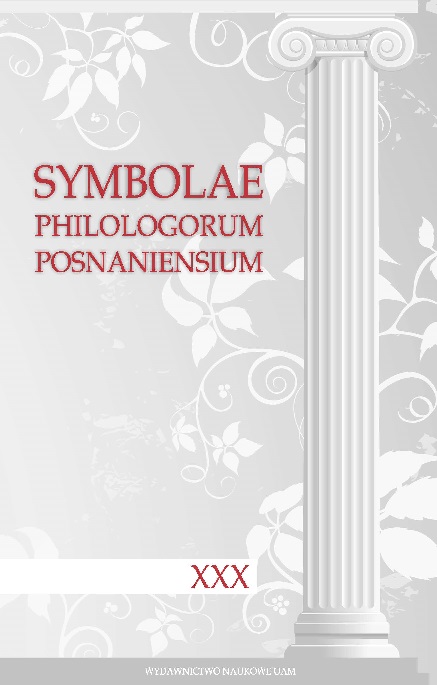Author(s): Katalin Vargha,Anna T. Litovkina / Language(s): English
Issue: 3/2013
Proverbs have never been considered sacrosanct; on the contrary, they have frequently been used as satirical, ironic or humorous comments on a given situation. Wolfgang Mieder has coined the term “Antisprichwort” (anti-proverb) for such deliberate proverb innovations. There are a number of mechanisms of proverb variation (which are by no means mutually exclusive), e.g. adding a tail to the original text, replacing a single word, melting two proverbs, reversing word order, reversing sounds, and many others (on the most common types of alteration in Hungarian anti-proverbs, see Litovkina & Vargha 2012). Anti-proverbs may contain revealing social comments, but they may also be based on mere wordplay or puns, and they may very often be just a product generated solely for the goal of deriving play forms. When translated from one language to another, an anti-proverb might lose its message: the puns, parodies or wordplay characteristic of one language will seldom carry over successfully into another. The present article focuses on one of the most popular techniques of proverb variation, punning. After treating the most frequent types of punning in Hungarian anti-proverbs (paronyms and homonyms), we will briefly consider some other types of puns (puns playing upon personal names, splitting of one word into two, merging of two words into one, bilingual puns, double/triple puns, and repetitive puns). The anti-proverbs discussed in this article were recorded by Anna T. Litovkina and Katalin Vargha and come from their corpus of over 7,000 Hungarian anti-proverbs.
More...
